How to treat cabbage from aphids?
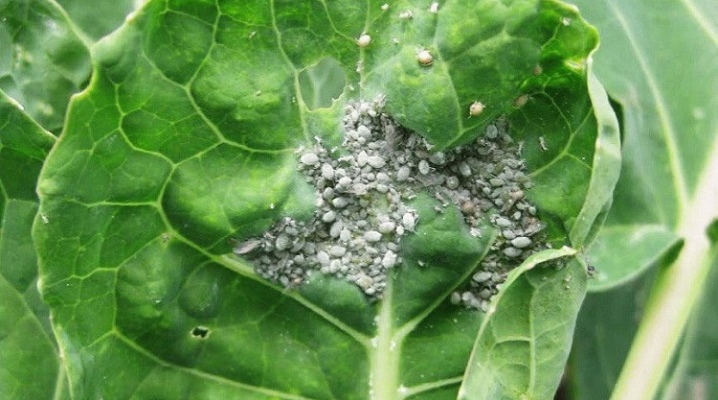
It is difficult to imagine a vegetable garden without cabbage. This culture is so popular that almost all summer residents grow it. But, like any other plant on the site, cabbage is often attacked by aphids. How to deal with this pest, we will tell you in the article.

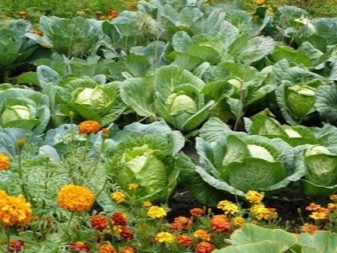
Chemical methods of struggle
Insecticide preparations are a win-win option, thanks to which you can quickly destroy the pest on cabbage. There are many chemicals that can be used to process cabbage directly in the open field, you just need to choose one of them and follow the instructions on the package. A list of popular remedies available is shown below.
- "Chord"... This agent acts directly on the nervous system of the insect, killing it within half an hour after treatment. The dosage can be different, so you must carefully read the instructions. After spraying, new pests do not appear for a week. The procedure is carried out in any period, but always twice a season.
- "Pyrethrum"... It is a powdery product based on chamomile. If aphids appear on the cabbage, it will be very effective. Dilute 60 grams of the product in a bucket of water, then all that remains is to sprinkle the vegetables. This should be done every 14 days, and it is desirable that there is no wind at the time of spraying.
- BI-58. A very toxic compound, available in bottles. Has a white or dark blue color. A liter of water will require 1 milliliter of the drug. Eating them, the aphid instantly gets poisoning, causing paralysis.
- Karbofos. This is another poisonous drug that can quickly destroy aphids and thereby save cabbage. In a five-liter bucket, 7.5 g of the substance is diluted, then the culture is sprayed. In doing so, it is important to protect the skin and respiratory tract. After a couple of hours, the pest will die, and the effect will last for almost a month.
- "Spark"... A very good drug, many summer residents choose it. Available in several variations, the dosage will depend on which version of the substance was preferred. If it is a liquid, then the most common dosage is 5 ml per 5 liters of water. After the procedure, pests do not appear on cabbage for about 21 days. Apply the product once a month.
- "Decis"... An effective product, practically odorless. A distinctive feature is that it does not accumulate in the soil. For spraying, prepare a solution consisting of 5 liters of liquid and 0.5 g of the drug.
- "Safe"... Not too toxic drug, most often it is used in the absence of pretreatment of seedlings before planting. For a ten-liter bucket of water, 10 grams of the substance is enough. In just a couple of days, the pest will die.
- "Inta-Vir"... Quite effective and popular insecticide, the effect of it lasts for a whole month. The tablet is diluted in a small amount of water, and then poured into a 10-liter bucket of liquid.
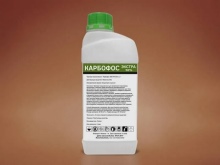
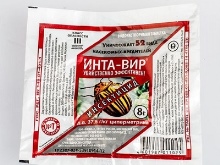
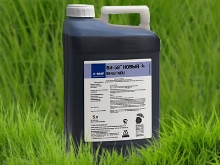
In addition to the funds already described, summer residents can choose the following drugs for themselves:
- "Delight";
- "Deltamerin" and other products based on it;
- "Kalash";
- Corado;
- "Lasso";
- Rovikurt.
Any processing with chemicals should be carried out in calm and dry weather. It is important to remember about personal protective equipment, since the substances are toxic. Another disadvantage is the direct effect on animals and beneficial insects.
In addition, you cannot spray vegetables that are about to be plucked with chemicals. In such a situation, it is best to resort to folk methods.
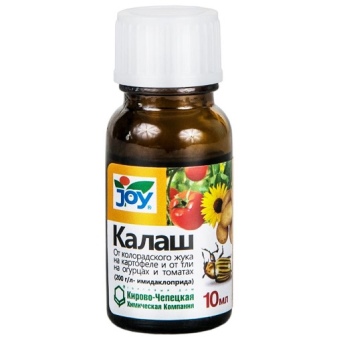
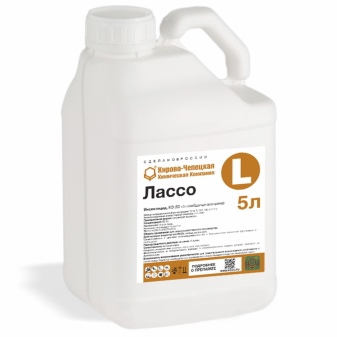
How to get rid of using folk methods?
There are many effective folk methods with which you can poison aphids at home. If there is very little time before harvesting, it is worth choosing them. For example, ordinary water will be the most harmless. It is served under strong pressure. Getting on the cabbage, the liquid gradually washes away the insects. If you water it regularly, then over time it will be possible to completely remove the parasites. However, this is not the only technique.
Ash and tobacco
These funds can be used separately or together. Let's consider both options.
- Ash infusion. It will need 2 glasses of ash, as well as a 10 liter bucket of water. Everything is mixed and then poured onto the cabbage leaves. Very often other ingredients are added to the ash. For example, red peppers or cinnamon. These components are taken in the amount of a tablespoon each, and then mixed with a glass of ash. In parallel with this, they take 200 grams of grated laundry soap, dilute in a liter of water. The last step is mixing all the ingredients in 9 liters of clean liquid.
- Broth of tobacco. Tobacco is the most hated scent for aphids and can be used with success. To prepare the broth, take 200 grams of dry crushed leaves, pour 5 liters of cold water. The mixture is cooked for an hour and a half, then cools down. During the boiling process, part of the liquid may evaporate, then it is necessary to add it. Already a cool broth is sprayed with cabbage. The second option is mixing tobacco with soap. Two hundred grams of tobacco leaves are poured with 5 liters of boiling water, and a little soap is added there. This will allow the broth to stick to the foliage.
- Both funds together... Ash and tobacco can be mixed, thus obtaining a good and effective remedy that allows you to remove the parasite. Both components take 200 grams each, pour into a ten-liter bucket of water. Stirred, leave for a day. After 24 hours, the mixture is ready.
The resulting broths and infusions are sprayed with cabbage once a week. If insects are dominant, then the frequency of spraying can be increased, there will be no particular harm to the plant.
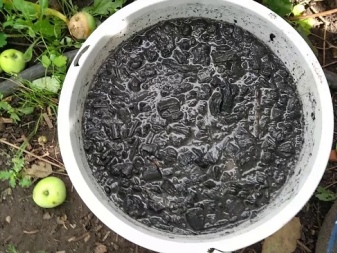
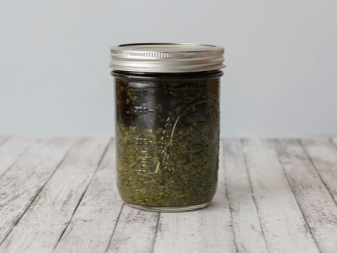
Potato or tomato tops
If you have similar crops growing on your site, then they can be easily used to combat aphids. You can take the plants separately or together at once. The plucked tops must be finely chopped, the amount is about a kilogram. Then the raw material is poured with boiling water - 10 liters. Everything should be insisted for three days. It is recommended to add a small amount of soap for greater effectiveness. You need to use the ready-made mixture twice a week.
Yarrow solution
Another effective solution with which you can treat affected cultures. If the grass is fresh, you need 400 grams, if dry - 200. The raw material is poured with a liter of cool water, brought to a boil and boiled for several minutes. After that, the mixture is cooled and then filtered. However, it cannot be used in this form: it must be diluted in water in an amount of 1: 10.
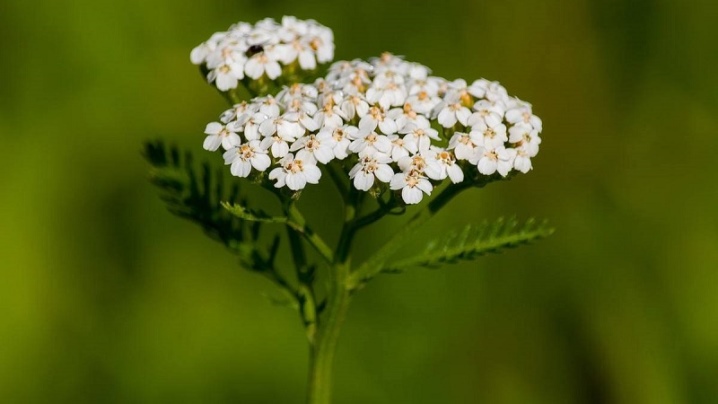
Vinegar
It's no secret that the smell of vinegar is incredibly harsh. It is thanks to this characteristic that it effectively repels aphids. You should not use vinegar in its pure form, but you can make a solution out of it. 190 milliliters of vinegar is dissolved in a ten-liter bucket of water, about 40 grams of liquid soap is added there... All you need to mix well. You can spray it once every couple of weeks.
Laundry soap
To make a solution from laundry soap, you need to dissolve one tablespoon of this product in five liters of water, and then stir. It is better to spray cabbage with such a mixture in the evening. If there is no laundry soap in the house, then tar can successfully replace it. It is good because it can be used to provide additional disinfection of foliage, and this will prevent the appearance of white and gray rot. One hundred grams of soap is diluted in a ten-liter bucket, the leaves are treated with the prepared mixture.
Ammonia
This pungent substance helps to remove both larvae and adult insects. For its preparation, 50 grams of ammonia is diluted in a bucket of 10 liters, and crushed laundry soap is added there in the amount of 100 grams. The mixture will need to be stirred well. It is necessary to process cabbage every 15 days; with more frequent use, deformation of the heads of cabbage can be observed.
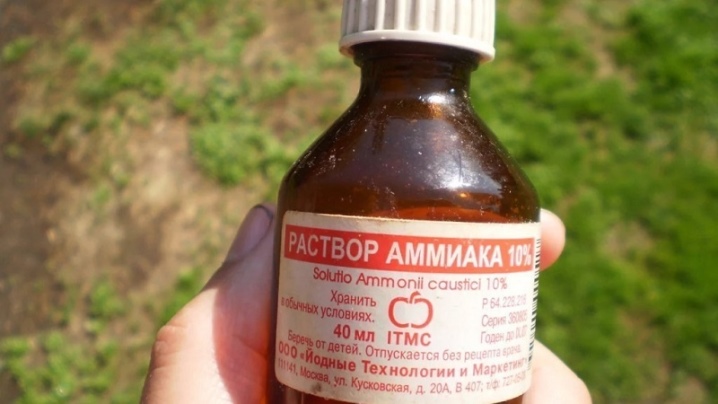
Garlic
The smell of garlic is "pleasant" to aphids about the same as that of tobacco. This vegetable is almost always on the site, and you can use it when fighting insects. It is necessary to take fresh heads, divide into slices. In total, 800 grams should turn out, while the skin is not removed from the slices. Place the garlic in a container and fill it with a 10 liter bucket of water. Bring to a boil and then simmer for about 2 hours.
When the broth has cooled, it can be used. However, before that, it should be diluted with water in a 1: 1 ratio.
Bay leaf
The essential oils of bay leaves are very disliked by the pest. The broth from this product is very simple: pour 10 grams of laurel with a liter of boiling water, then cool completely. Everything - an effective decoction against aphids is ready. You can spray the culture with them once a week.
Soda
If aphids regularly eat cabbage, you can always use baking soda. A tablespoon of soda is dissolved in 10 liters of liquid, half of the grated piece of laundry soap is poured there. Everything is mixed, poured into a spray bottle and sprayed on the plant.
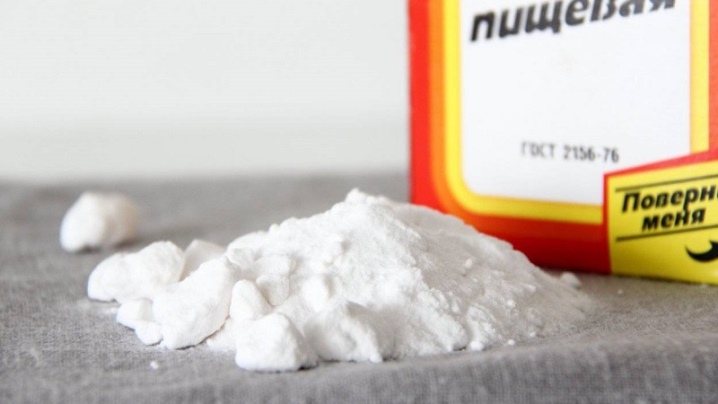
Onion
Like garlic, this plant can successfully breed aphids. You will need 3 large heads. You don't need to peel them, just chop them well with a knife. The resulting raw material is poured with a liter of cold water, brought to a boil, boiled for half an hour. At the end, add some liquid soap.
Celandine
This is a fairly well-known antiseptic, but not everyone knows that it can also be used in the fight against aphids. Dry grass is taken in the amount of a kilogram, fresh - four. The mass is filled with hot water, and then infused for a day. Before use, it is supplemented with 2-3 tablespoons of liquid soap.
Birch tar
This product has a strong odor that insects do not like. To prepare it, you need to dilute 15 grams of tar and 50 grams of grated laundry soap in a ten-liter bucket. After that, you will need to bring the mixture to homogeneity. Sprayed in the evening.
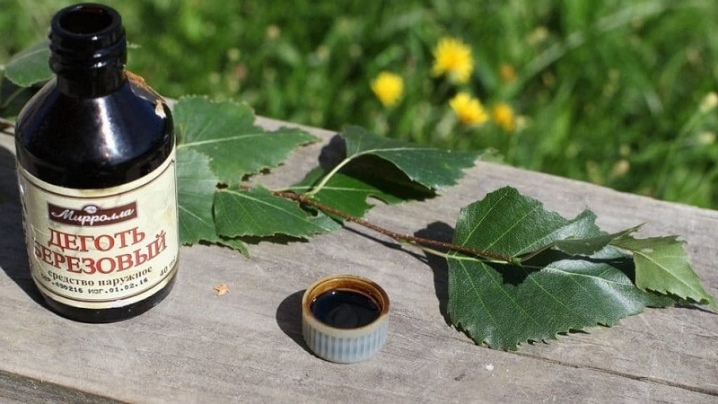
Boric acid
Boric acid causes paralysis of the nervous system with the subsequent death of the parasites. You can use both powder and liquid form. In the first case, the powder is scattered around the places where the pest accumulates. In the second, the acid is dissolved in a ten-liter bucket, and then the cabbage leaves are sprayed with the mixture. In addition, anthills can be watered with the same solution.
Finally, we will give a few more recipes, rather unusual.
- Milk with iodine... This product destroys both aphids and powdery mildew. To prepare it, take 100 grams of low-fat milk and supplement it with 30 drops of iodine. Iodized milk is diluted in a liter of cool water and spraying is started immediately.
- "Coca Cola"... This harmful drink can provide tremendous support if plants are attacked by aphids. It is diluted with water in a 1: 1 ratio, and the leaves are treated with the resulting mixture.
- Mustard... A mustard solution is obtained simply: 50 grams of powder is diluted with five liters of water. Stir and use immediately.
- Vodka or moonshine... Oddly enough, these alcoholic drinks quickly destroy pests. Before use, the selected amount is diluted by half with water. Otherwise, you can burn the leaves.
- Orange peel... To create an infusion, you need two glasses of chopped and dry orange peel. They are poured with hot water and infused for 24 hours. When this time has passed, the mixture is boiled for a quarter of an hour, then cooled. At the end, dilute in a bucket of water for 10 liters and add 100 g of laundry soap. Mix and apply on cabbage leaves.
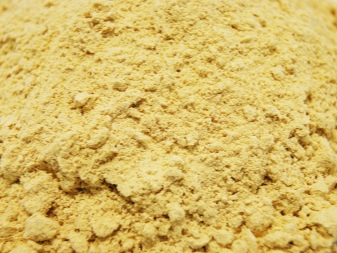
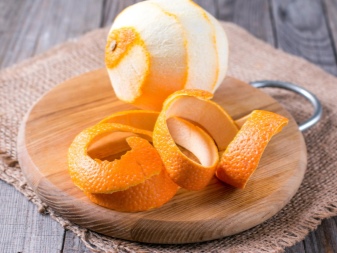
Biological and mechanical measures
The biological method is the most harmless. It involves breeding creatures on the site that will fight aphids themselves. For example, it could be birds. Species such as titmouse, sparrow and warbler will provide very good support in the fight against insects. To attract birds, you need to hang them on the feeder area. They are filled with sunflower seeds, oats, millet. As for the tits, they are very fond of cottage cheese and boiled crushed eggs. In addition to birds, it is recommended to attract insects to the site. Some of the most popular are ladybugs, which are not afraid of the poisonous secretions of the pest. If the region is warm, you can set up special houses for ladybirds, in which insects can overwinter. In cold climates, it will be easier to plant such plants as yarrow, tansy, dill, buckwheat. They attract these insects.
Another effective insect will be a hoverfly. These flies will start where daisies and fennel grow. Garden huge ground beetles will come where there are tomatoes and other nightshades. Lacewing will start if there is a fern growing in the garden. Well, earwigs can be attracted by placing small containers with sawdust around the perimeter of cabbage growth. There is only one mechanical method, and it involves manual collection of insects. To do this, you will have to walk through the beds and inspect each plant. Found parasites are crushed and then washed off with water.
The method is quite tedious, in addition, it is effective only with a small number of pests.
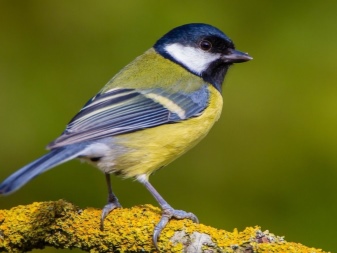
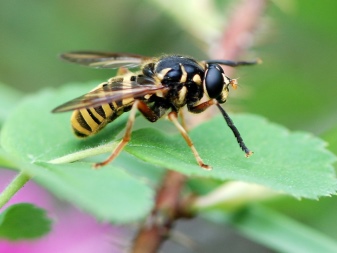
Prophylaxis
It is not difficult to protect cabbage from aphids, the main thing is to study the rules of prevention in advance.
- After the season for picking vegetables is over, you need to come to grips with the site. Dig up all the remains of vegetable, collect leaves and branches fallen from trees. Take it all over the site and burn it.
- Dig up the entire area well before winter begins.... The digging depth must be at least 25 centimeters.
- Do not forget about the rules of crop rotation... It is recommended to plant cabbage in places where onions and carrots, as well as beans, used to grow.
- Take good care of your plants, especially your seedlings. The plantings should not be dense. Water the plantings regularly, apply the necessary fertilizers on time. It is important to carry out weeding and remove all emerging weeds.
- Don't overuse chemicals... Many gardeners believe that the more chemicals they use, the better the effect. The result will be the opposite: you will destroy both aphids and cabbage along with it. Everything should be dosed and in accordance with the instructions. If harvest time is coming, preference is given only to folk methods.
- Plant pest repellent plants on the site... It can be tobacco, onions, garlic, lavender, herbs.
- Control the number of ants in the area. Any anthills found must be destroyed immediately.
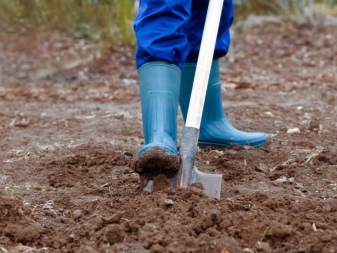
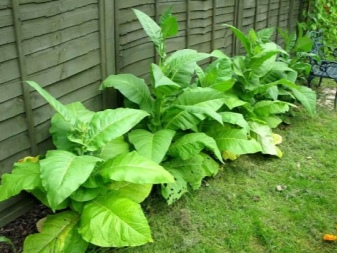
For information on how to process cabbage from aphids, see the next video.













The comment was sent successfully.